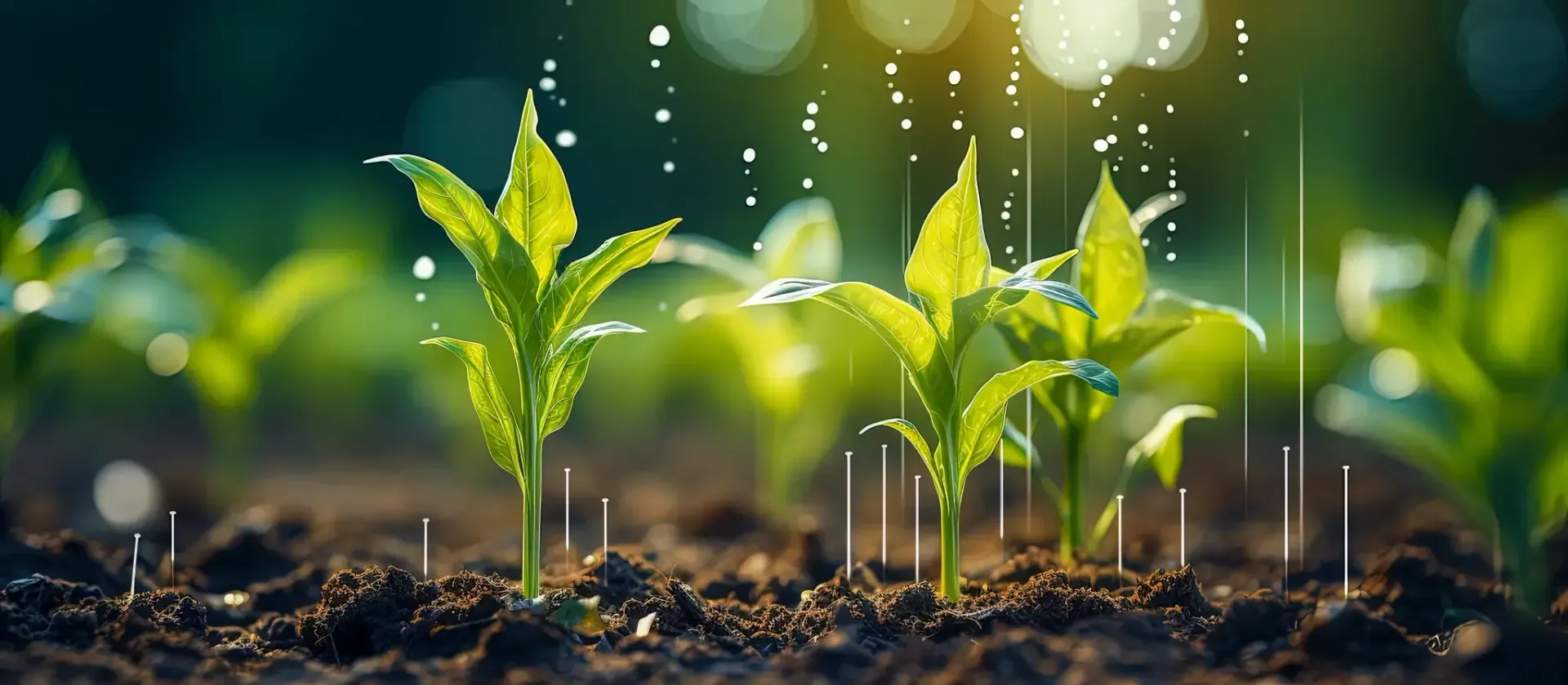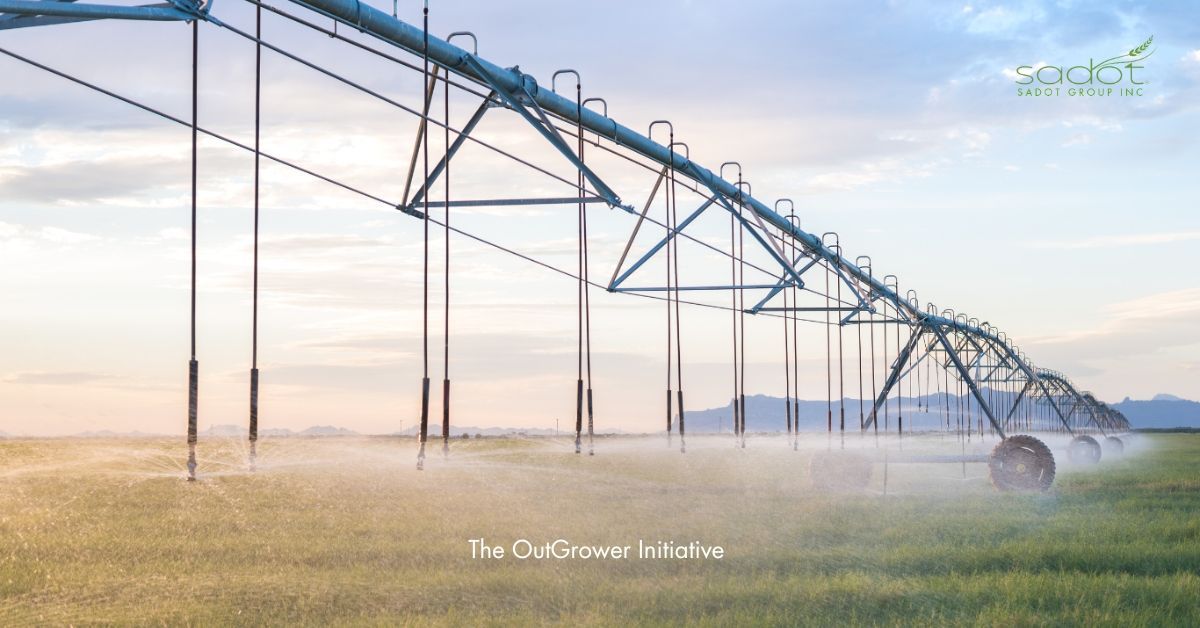From Parched to Paradise: Reimagining Agriculture in Arid Regions
Battling the Blistering Sun: The Challenges of Arid Agriculture
In the shadow of escalating global water scarcity, arid regions stand at a crossroads. The stark reality, as illuminated by UN-Water, shows that 2.3 billion people reside in water-stressed regions. Among these, 733 million face high and critical levels of water stress. This scenario underscores an urgent call for innovative irrigation solutions in arid landscapes.
Addressing this challenge necessitates innovative irrigation techniques that maximize efficiency and minimize waste. While the agriculture sector has made progress in these areas with the adoption of technologies such as drip irrigation and precision farming techniques, new and emerging methods are constantly being tested that may redefine our agricultural practices and bring in a new era of water efficiency and sustainability.
From Scarcity to Sustainability: The Rise of Seawater Greenhouses in Agriculture

Seawater greenhouses represent a pivotal shift in agricultural practices. Unlike Traditional greenhouses that typically rely on vast amounts of freshwater in order to control its environmental conditions - Seawater greenhouses, aim to utilize the abundance of both solar power and seawater to achieve the same goals. It is an approach that can have profound impacts on our utilization of available resources, and is one that is very much worth looking into.
A notable project in this context was a collaborative effort involving the construction of a one-hectare pilot farm near Berbera. The farm used solar power for energy, and seawater for cooling and producing irrigation water. It was an experiment that proved to be a great success; creating a closed-loop system - independent of any freshwater supply, that aligned perfectly with the arid conditions of the region.
The success of the farm was evident in its ability to produce vital crops such as lettuces, tomatoes, cucumbers, and onions, solely using seawater. This achievement underscores the technology's capability to serve as a crucial food source for communities in water-stressed areas. Additionally, the project had a regenerative impact on the surrounding land, further showcasing the dynamic possibilities this method might create. The moisture generated by the indoor plants created an 'oasis effect', enabling the growth of other crops like beans, melons, and aubergines in the adjacent outdoor areas.
Water Recycling: Optimizing Water Use for Maximum Impact

Water recycling is another emerging technology which might prove to be transformative. This method is remarkably elegant in its approach; It entails reusing treated wastewater from various sources, including urban and agricultural runoffs, for irrigation purposes. It offers several advantages that contribute to more sustainable agricultural practices and have already been implemented with great success in arid regions such as the high deserts of chile and the Arava desert in israel.
The advantages of this method are many: for one it provides a consistent water supply, which most importantly - is sustainable and effective, especially in arid regions. It has the included benefit of wastewater being a nutrient-rich source that can effectively reduce the need for additional fertilizers, and can - as a whole, have far reaching implications in our agriculture sector becoming more resilient to droughts and unpredictable weather patterns caused by climate change.
It is an approach that is gaining attraction, as can be seen by the European Union's recent guidelines, promoting safe water reuse in agriculture. The Water Reuse Regulation, effective from June 2023, establishes standards for water quality, risk management, and monitoring to ensure that treated urban wastewater is safely used for agricultural irrigation. All these developments hold a promising future for water recycling techniques in addressing water scarcity issues.
Combating Drought with Sunshine: Harnessing Solar Power for Water Creation

The concept of creating water from thin air may sound like science fiction, yet this is precisely what Solar-powered Atmospheric Water Generators (AWGs) aim to achieve. Utilizing the abundant energy of the sun, these innovative devices draw moisture from the air and convert it into water. This process involves solar panels that power a condensation system, cooling atmospheric air until its water vapor condenses into liquid. Although yet to be tested for agricultural purposes - recent studies have showed that it has the potential of providing clean drinking water for a population of roughly one billion people.
In the context of the agricultural landscape, the implications of such a technology can be far reaching. In addition to it being a reliable and sustainable source of water, it has the potential to transform arid and drought-stricken areas into fertile grounds for farming. Furthermore, the reliance on solar energy not only aligns with sustainable development goals but also promises a reduction in the use of non-renewable energy sources, thereby minimizing environmental footprints. As solar-powered AWG technology continues to evolve and become more widely accessible, it stands as a promising path forward for future agricultural practices, ensuring food security and resilience against climate change.
In Summary
Addressing water scarcity in arid regions through innovative irrigation practices is a multifaceted endeavor. By adopting these innovative approaches, it is possible to manage water resources sustainably, enhance agricultural productivity, and ensure food security in the face of climate change and growing global populations. The future of agriculture in these regions depends on our ability to wisely manage and utilize our most precious resource of all – water.
Join Our Newsletter
And be advised when new content is coming up
News Letter











